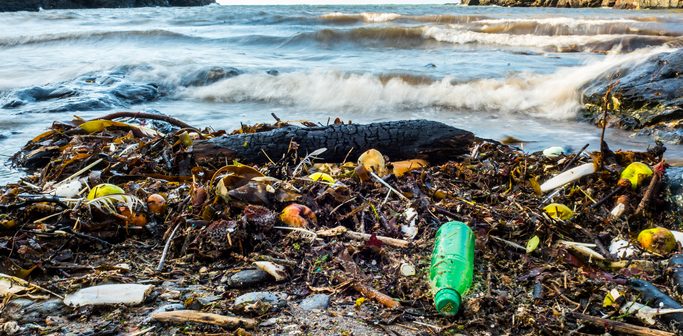The Spanish Project LitterDrone will be presented in Brussels in December
Work is already being carried out through traditional methods in the fight against litter on our beaches, but now it has new partners, drones, which will help speed up the work of quantifying and classifying marine litter to know precisely the scale of the problem.
This is the philosophy behind the LitterDrone project which is financed by the European Commission and developed by a consortium of the following entities: The University of Vigo, AEBAM (Spanish Marine Litter Association) and Grafinta SA.
LitterDrone intends to patent a pilot system for the characterisation of marine litter on Europe’s coasts with the help of drones equipped with high-resolution cameras.
The images obtained are processed through a specialised image recognition software, which allows for quicker characterisation of the marine litter found in the samples.
The project coordinator, Fernando Martín, who is a professor at the University of Vigo’s Telecommunications School, says that all this information can be useful for the relevant organisations to design and implement prevention and mitigation measures in the fight against marine litter.
At present, sampling work is carried out on foot on 26 Spanish beaches four times per year – one each season.
The project coordinator says the use of drones will make it possible to study remote and hard-to-reach beaches, especially in winter, and increase the frequency of litter collection campaigns.
Martín points out that the usefulness of these samples lies in the fact that they can determine “what type of litter is found, where and at what time of the year,” and differentiate between litter left behind by beach-goers, the network of sewage collectors, or fishing and aquaculture equipment the sea drags up to the sand.
The LitterDrone team has chosen the beaches of A Lanzada and Rodas, on the Cíes Islands as a test bed.
Despite being beaches located in a national park, especially Rodas, the Atlantic Islands of Galicia National Park also saw litter reach it sandbanks even though users are deemed to be “quite responsible”. The marine litter that was mainly dragged from the sea included stoppers and bottles, the remains of fishing equipment and pieces that fell off/broke away from plastic containers and trays.
The idea in the second phase of the project is to explore new ways to use this technology, for example, to detect floating litter in the open sea, the underwater marine environment or in the exploration of the ocean floor.





